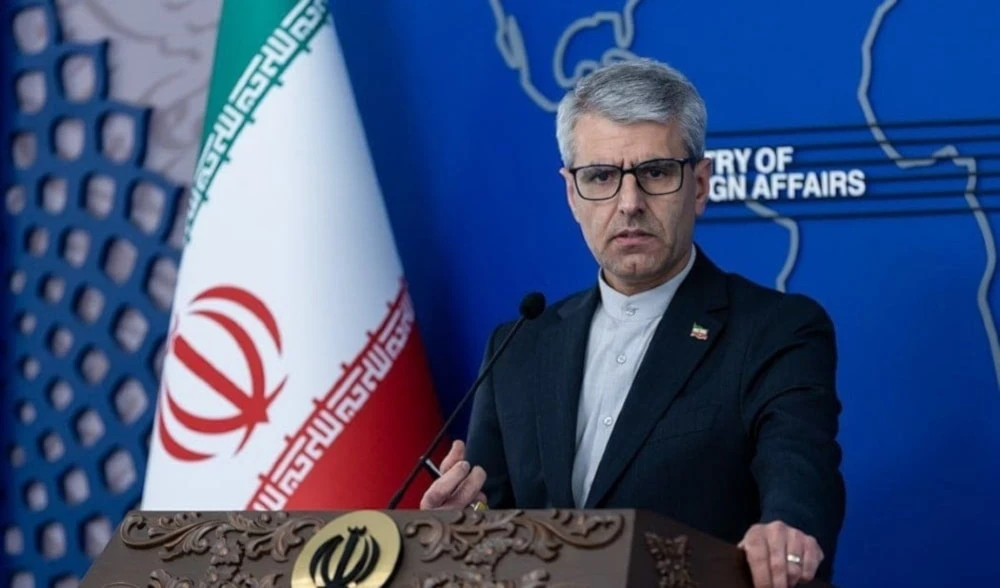US Judge poised to approve $7 bln settlement with Purdue Pharma
A US bankruptcy judge signals approval of a $7–$7.4 billion settlement requiring Sackler family contributions and converting Purdue Pharma into a nonprofit to fund opioid treatment.
-

"Pill Mann" made by Frank Huntley from his opioid prescription pill bottles, is displayed during a protest by advocates for opioid victims outside the Department of Justice, on December 3, 2021, in Washington (AP)
A federal bankruptcy judge has indicated he will approve a revised settlement that requires members of the Sackler family and Purdue Pharma to provide roughly $7 billion to $7.4 billion over the next 15 years to resolve thousands of claims tied to the OxyContin maker’s role in the US opioid epidemic.
The deal replaces a prior agreement that the US Supreme Court rejected for improperly insulating Sackler family members from future lawsuits.
Under the settlement framework, the Sackler family will relinquish ownership of Purdue and contribute the bulk of the funds, while Purdue itself will supply the remainder. Purdue is to be restructured as a nonprofit, to be renamed Knoa Pharma, whose future profits will be directed toward addiction treatment, overdose reversal, and other public-health uses tied to the opioid crisis.
The agreement also contains non-financial restrictions on the Sacklers, including bans on participating in businesses that market or sell opioids and limits on philanthropic naming rights.
How victims will be compensated
The plan sets aside approximately $850 million for individual victims, including a specified portion, more than $100 million, earmarked for infants born with neonatal abstinence syndrome.
The settlement covers roughly 139,000 active claims, though not every claimant will receive the same award; payments are tiered by length and nature of opioid exposure and will be reduced by legal fees.
Estimates in the plan indicate claimants with long-term Purdue prescriptions may receive larger awards than those with short-term prescriptions. Much of the remaining settlement money is designated for state and local remediation programs, treatment, and prevention efforts.
Legal history and limits on immunity
The current deal is the product of protracted litigation that began when Purdue filed for bankruptcy in 2019 amid thousands of suits from states, cities, tribes, and individuals. A prior $6 billion–$6.4 billion framework and subsequent proposals that would have granted broader releases from future litigation were rejected by the US Supreme Court, which found that a bankruptcy settlement could not improperly extinguish non-debtor claims against the Sackler family without adequate protections for objecting parties.
The revised agreement narrows those protections and leaves open avenues for non-participating entities to pursue claims. Bankruptcy Judge Sean Lane said he would set out his reasoning at a forthcoming hearing.
Reactions: guarded support, sharp criticism
The settlement has won broad institutional backing from many states, local governments, and tribal authorities that had sought an expedient way to secure funds for treatment and remediation; attorneys general and other officials have argued the plan maximizes recoveries available through the bankruptcy process.
At the same time, victims’ advocates and some legal observers have criticized the deal as inadequate, arguing that even a multi-billion dollar package cannot redress the human and social toll of the crisis, which studies attribute to hundreds of thousands of overdose deaths since the late 1990s. Critics also worry about the practical enforceability of payments and restrictions, given that significant wealth tied to the Sacklers is held in trusts and entities outside the US.
Proponents say converting Purdue into a nonprofit whose mission is to support prevention and treatment will redirect future revenue toward public health rather than shareholder profit. The settlement also includes provisions for the public release of internal documents that have long been invoked in litigation and media scrutiny; those disclosures could yield further evidence about corporate marketing and decision-making linked to OxyContin’s promotion.
Judge Lane’s tentative approval moves the plan closer to implementation, but the settlement will require additional court findings and an implementation process before funds flow and the corporate reorganization is complete. If approved, the nonprofit structure is expected to begin operating in the months that follow, with distributions scheduled over the 15-year timetable in the agreement.
Read more: China calls on US to address root cause of its opioid crisis

 4 Min Read
4 Min Read









